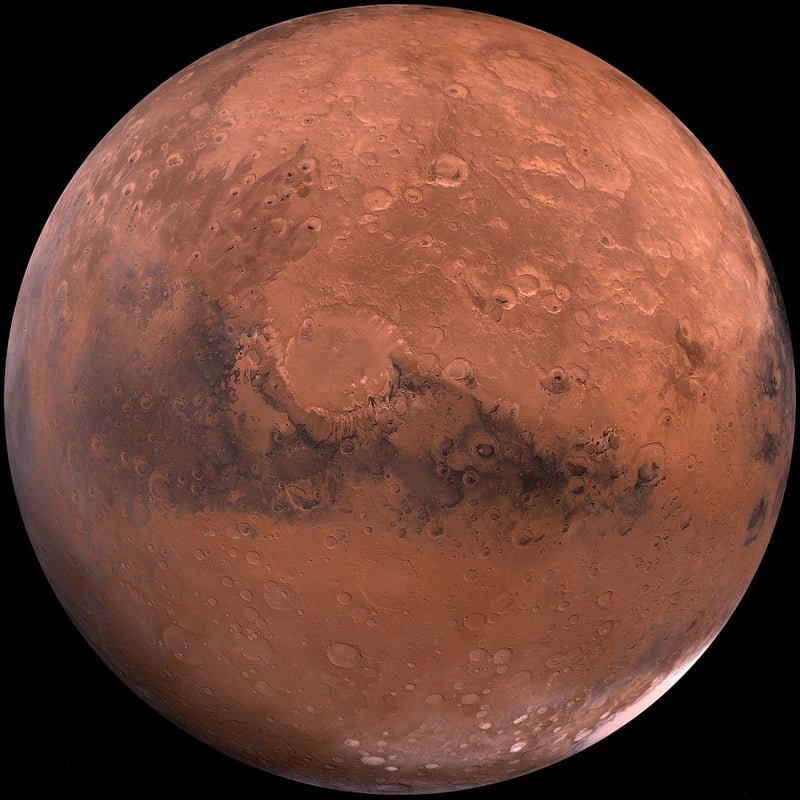Martian Exploration
Seeking Life Beyond Earth: Martian Exploration
Humans have long been fascinated by the possibility of life beyond our planet, and one of the most intriguing destinations for such a search is Mars. The Red Planet has captivated scientists and space enthusiasts alike with its potential to hold clues about the existence of life beyond Earth. Let's delve into the ongoing exploration of Mars and the quest to uncover evidence of extraterrestrial life.
The Red Planet: Mars
Mars, named after the Roman god of war, is the fourth planet from the Sun in our solar system. It is often referred to as the "Red Planet" due to its reddish appearance caused by iron oxide, or rust, on its surface. Mars has a thin atmosphere primarily composed of carbon dioxide and a landscape featuring valleys, deserts, polar ice caps, and the largest volcano in the solar system, Olympus Mons.
Exploration of Mars
Humanity's fascination with Mars dates back centuries, but it wasn't until the 20th century that we began sending spacecraft to explore this enigmatic planet. Over the years, numerous missions by space agencies such as NASA, ESA, and others have provided valuable insights into Mars' geology, climate, and potential habitability.
Key Missions to Mars
- Viking Missions (1976): NASA's Viking 1 and Viking 2 landers conducted the first successful Mars landings and performed experiments to search for signs of life.
- Curiosity Rover (2012): NASA's Curiosity rover has been exploring the Gale Crater on Mars, studying its geology and climate to assess past habitability.
- Perseverance Rover (2021): NASA's Perseverance rover landed on Mars in February 2021 with the primary goal of searching for signs of ancient microbial life and collecting samples for future return to Earth.
Searching for Life on Mars
One of the central objectives of Martian exploration is to determine if the planet ever had conditions suitable for life to exist. Scientists are particularly interested in the presence of water, as it is essential for life as we know it. Evidence of ancient rivers, lakes, and groundwater on Mars suggests that liquid water may have once flowed on its surface.
Potential for Extraterrestrial Life
While Mars is a harsh environment today, with its thin atmosphere and intense radiation, there is still hope that microbial life may have existed in the past when the planet was warmer and wetter. Discovering even microbial life on Mars would have profound implications for our understanding of the origins of life in the universe.
Future of Martian Exploration
As technology advances and our understanding of Mars deepens, future missions aim to continue the search for life and pave the way for human exploration of the Red Planet. Collaborative efforts between international space agencies and private companies will play a crucial role in unlocking the mysteries of Mars and potentially answering the age-old question: Are we alone in the universe?

Exploring Mars is not just about understanding our neighboring planet; it is about unraveling the mysteries of our place in the cosmos and discovering whether life exists beyond Earth. The quest for life on Mars continues to inspire scientists and dreamers alike, pushing the boundaries of human knowledge and igniting our curiosity about the vast expanse of the universe.
Are you ready to join the exploration of Mars and the search for extraterrestrial life?
Find more information about Martian exploration on NASA's Mars Exploration page.
